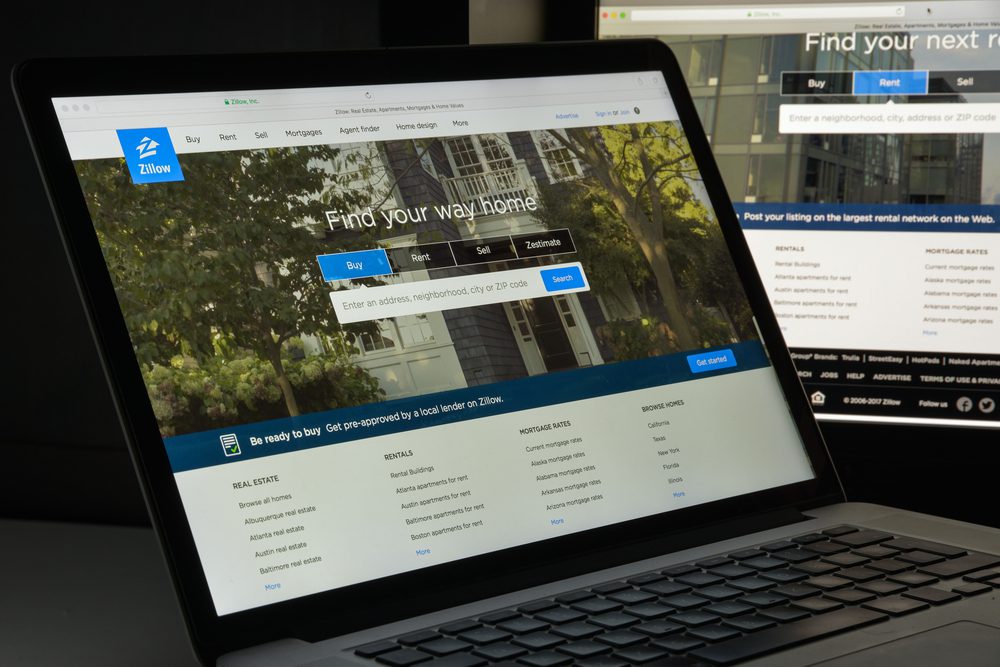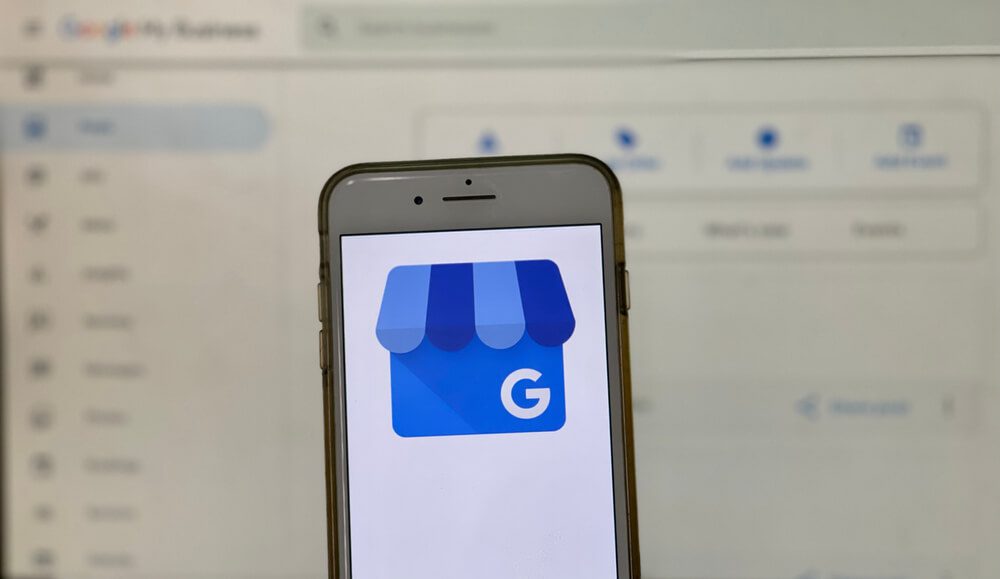
Steps To Best Optimize Your Website for Excellent Local SEO
Local businesses need well-constructed websites to promote their products or services to customers in their communities. Their websites become online storefronts, ready to serve customers 24/7.
Local optimization of websites takes a large amount of work, and a Chicago SEO agency reveals these to be crucial steps:
- Conduct a local search engine optimization (SEO) audit.
- Improve the homepage.
- Update metadata.
- Apply a local business schema.
- Update business details.
- Claim and manage your Google Business Profile (GBP).
- Add your business to local directories.
Learn how local SEO is the best choice for your business. Let’s go!
Want to learn more about the Digital Authority Partners approach to SEO? Watch this video!
1. Conduct a Local SEO Audit
An audit checks the website's online presence to identify areas for improvement to rank better in local search results. It helps businesses create a roadmap for website optimization. With a well-executed local SEO strategy, businesses are visible to potential customers in their communities, drive more traffic, and increase sales.
However, without a proper audit, companies may miss opportunities to improve their website and rank higher in local searches. Start a website audit by following these steps:
- Check the Google Business Profile (GBP) listing. Verify that your business’s name, address, phone number (NAP), and other essential details are accurate and updated.
- Analyze website structure for mobile-friendliness, navigation, and clear calls-to-action (CTA).
- Evaluate on-page optimization, such as keyword usage, internal linking, and schema markup.
- Ensure that your website has unique content, relevant keywords, and well-optimized images and videos.
- Check the backlink profile and ensure that there are no spammy or low-quality links.
- Conduct a competitor analysis to see how the website compares to local competition.
2. Improve the Site Homepage

The website homepage is the main gateway to other pages on the site. It includes an overview of the purpose, services, and products and has links to important pages. It is the first page that search engines and users see when they visit the site.
The homepage serves as a primary landing page, and search engines rely on it to understand the nature of the business and the services or products it offers. Thus, optimizing the homepage should be a priority. The following tips will help:
- Simplify the design by using a simple, clean, and uncluttered homepage design.
- Use high-quality images, graphics, and videos to grab visitors' attention and communicate the site’s message more effectively.
- Optimize for mobile by using a responsive design and loading quickly on mobile devices.
- Include relevant keywords, but avoid keyword stuffing, which can negatively impact your website's SEO ranking.
- Include social proof, such as customer testimonials or trust badges, to build trust and credibility.
3. Update Metadata
Metadata is the information that describes a webpage. This includes the page title, meta description, header tags, and image alt tags. It provides valuable information about the page's content and helps search engines understand its relevance to specific search queries.
Metadata must be consistent across all website pages and compatible with the information provided on local directories such as GBP, Yelp, and Yellow Pages. Consistency helps establish credibility and authority and improves the website's visibility.
To update your site’s metadata, experts use these local SEO techniques:
- Identify relevant local keywords and include them in the page title, meta description, and header tags. Use Google Keyword Planner, Ahrefs, and SEMrush to look for relevant keywords.
- Write a clear and concise page title that accurately describes the page's content and add your keywords.
- Create a compelling meta description that clearly says what the page is about; again, include your keywords.
- Use header tags (H1, H2, H3, etc.) to structure the website’s content on the page and help search engines understand the hierarchy of the content.
- Include image alt tags for all images on the page using your keywords.
4. Apply a Local Business Schema

Local business schema is a structured data markup language added to a website's HTML code. Schema markup helps search engines understand the business's information, including its name, address, phone number, hours of operation, and other details. These display in search results as rich snippets, which improves visibility.
Adding a local business schema can also enhance the appearance of a business in search results. These help attract more clicks and traffic to a local business website. An expert Chicago SEO agency uses these strategies to add local schema markup to a website.
- Choose a schema type that best fits the business. You may use schema.org for this.
- Create the markup code using the JSON-LD format. Marketers can do this manually by writing the code or using a schema markup generator tool.
- Include the markup code on the website by adding it to the head section of the HTML code on relevant pages.
- Test the markup to ensure that it is working correctly. Use Google's Structured Data Testing Tool or the Rich Results Test Tool.
5. Update Business Details
Updating business details on the website, including the business name, address, and phone number (NAP), is critical for local SEO. Doing so helps search engines understand the location of the business and display accurate information in local search results.
Inconsistencies or inaccuracies in the NAP information lead to confusion and potentially lower search engine rankings. Having accurate and up-to-date NAP information also helps increase trust and credibility. It shows that the business is legitimate and can be relied upon.
Use these innovative tactics to update your business details on your website:
- Identify where to list business details, including the website's header or footer, the "Contact Us" page, or in the content.
- Update business details to reflect the current information. If you have multiple locations, create a separate page for each site.
- Test updates to ensure they are accurate and consistent. Use a tool such as Moz Local or BrightLocal to check for inconsistencies.
6. Claim and Manage GBP

GBP is a free platform for businesses to manage and display their business information in Google's search results and Google Maps. By optimizing GBP profiles, companies can increase visibility in local search results as they can appear at the top when someone searches for a keyword related to the local business.
Companies should encourage customer engagement by asking them to leave reviews, ask questions, and view photos on their GBP profile. This helps promote trust and credibility as well.
To claim and manage a GBP listing, follow these steps:
- Create a Google account by going to the sign-up page. You need a Google account to create and manage a GBP.
- Search for the business on Google to see if a GMB listing exists. Click on the "Own this business?" link to claim the listing if there is one.
- Verify your business by mail, phone, or email.
- Optimize your listing by adding and updating your business information, photos, and videos to engage potential customers more.
- Manage customer interactions directly from the GBP account. Respond to all customer interactions promptly and professionally.
7. Add Business to Local Directories
Adding the business to local directories is good for local SEO because it helps increase online visibility, build backlinks, and improve the consistency and accuracy of business information across the web. Listing your business in local directories also helps increase brand awareness.
When people search for businesses in the local area, they are likely to come across local directories, which helps build brand recognition and trust. Meanwhile, citations mention your business's name, address, and phone number on other websites. Local directories provide valuable citations that promote the company in local search results.
These techniques help you add a business to local directories:
- Create a list of local directories relevant to the business and location, such as Yelp, Bing Places, Yahoo Local, Foursquare, and the Yellow Pages.
- Verify business information.
- Claim or create your listing by following the instructions provided by the directory to verify business information and claim the listing.
- Optimize your listing by providing as much information as possible, including business hours, descriptions, photos, and videos.
- Encourage customer reviews on the local directory listings to build trust and credibility.
Summing Up
Prepare your website for local SEO by conducting an SEO audit, improving the homepage, updating metadata, and applying local business schema. Do not forget to update business details, claim and manage GBP, and join local directories.
These strategies take your business to the top of search results and effectively reach local customers. Find out how your local company can benefit from local SEO. Contact Digital Authority Partners (DAP) today.
Want To Meet Our Expert Team?
Book a meeting directly here




